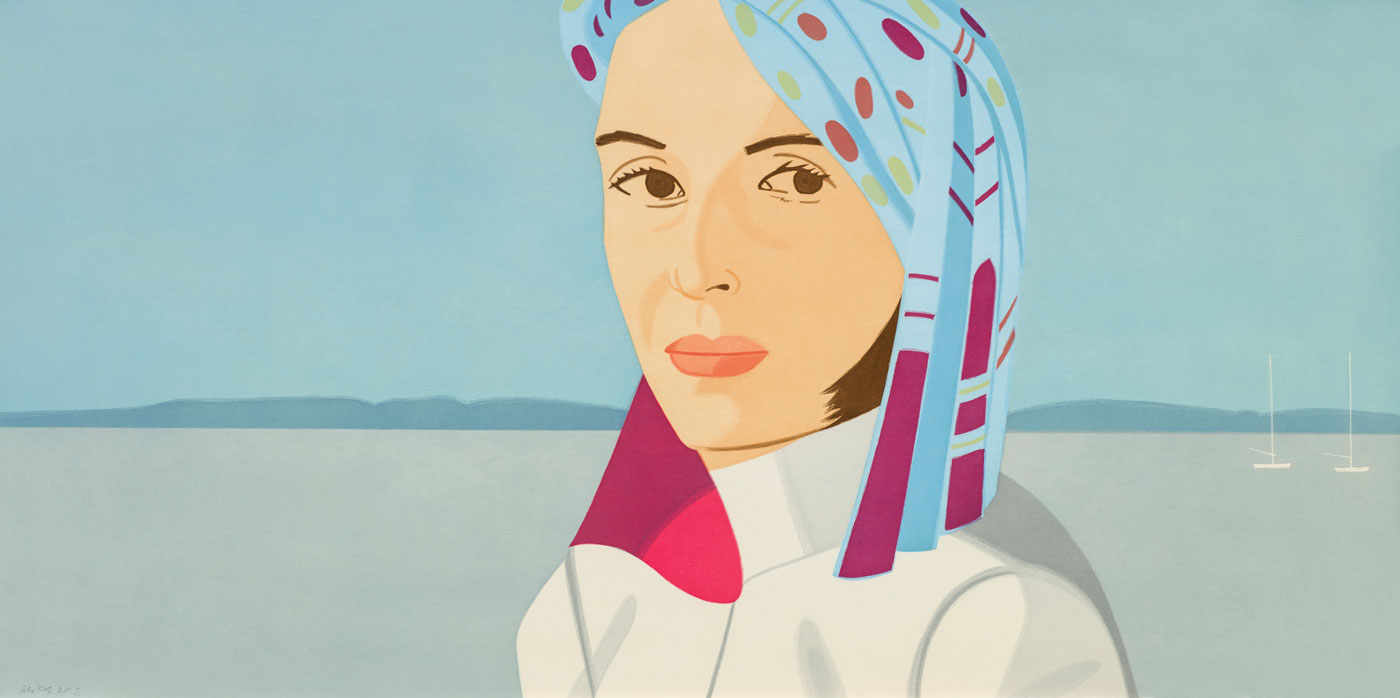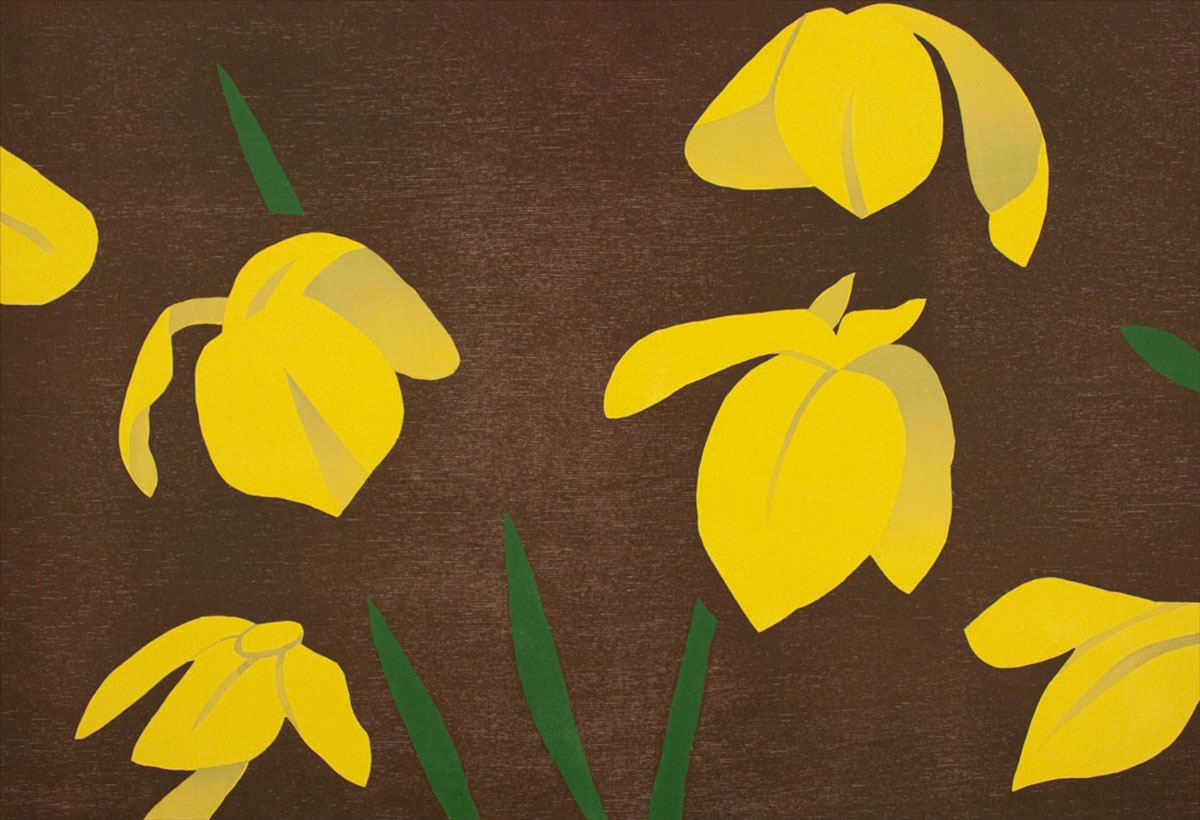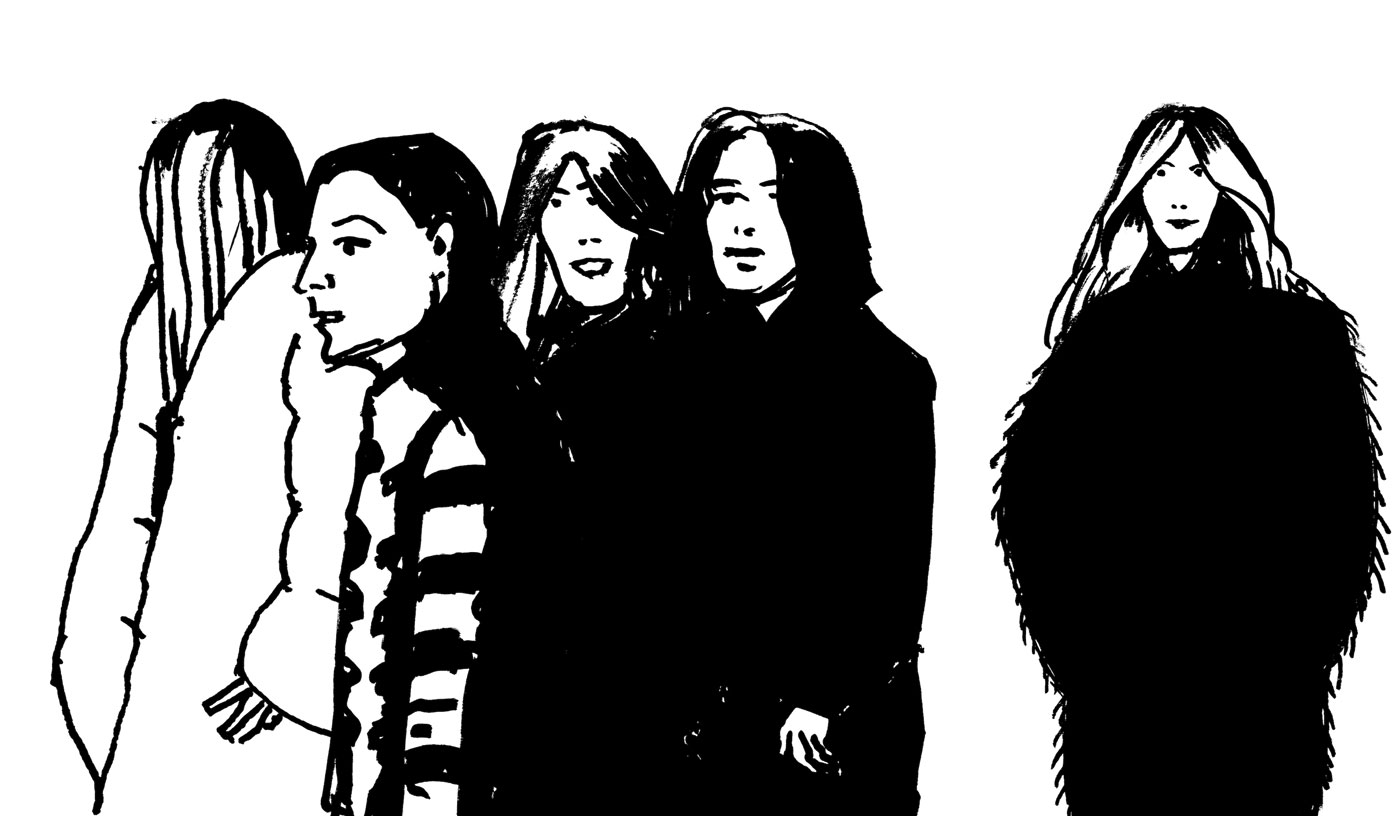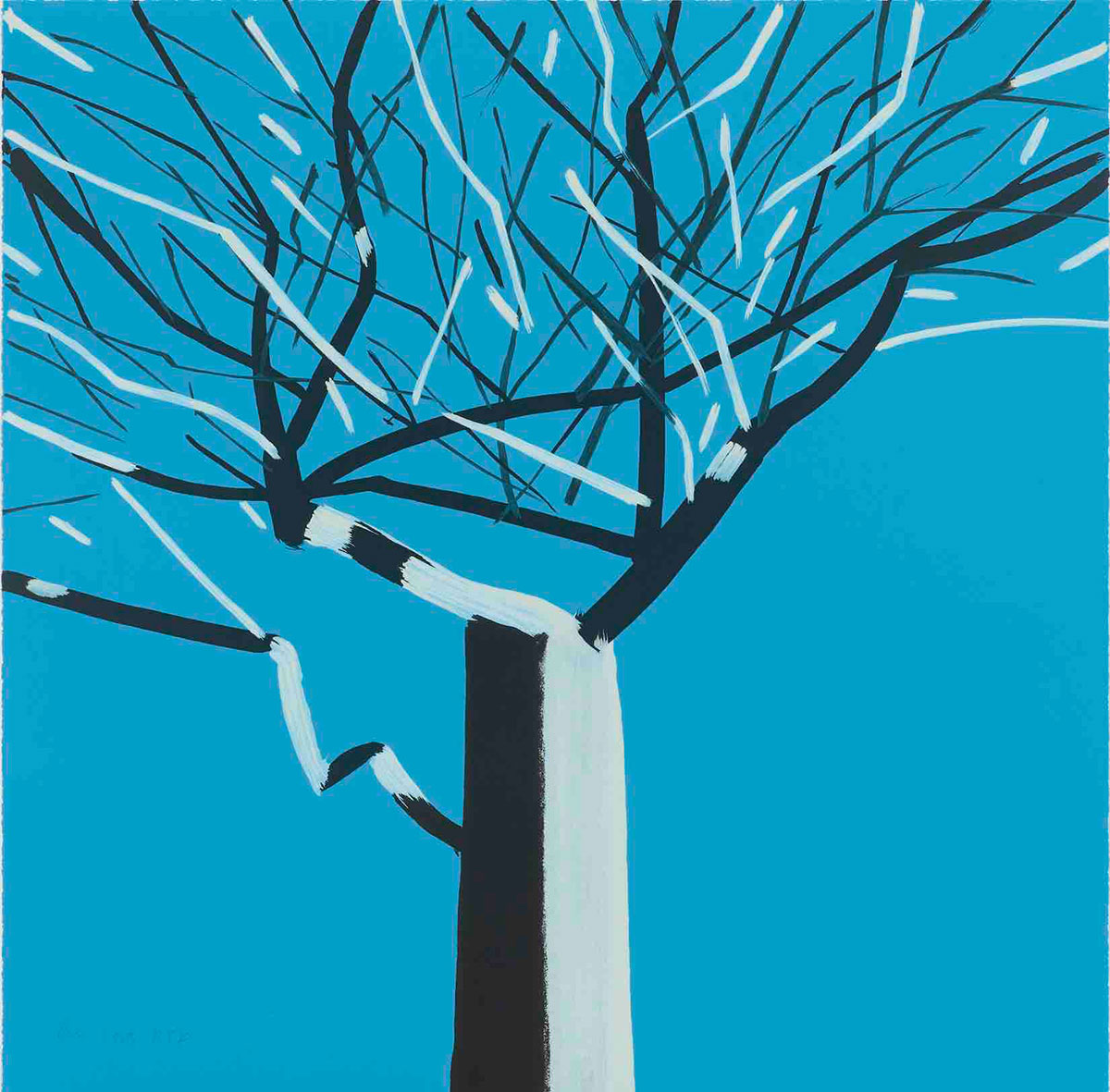PRESENTATION: Alex Katz-60 Years of Printmaking
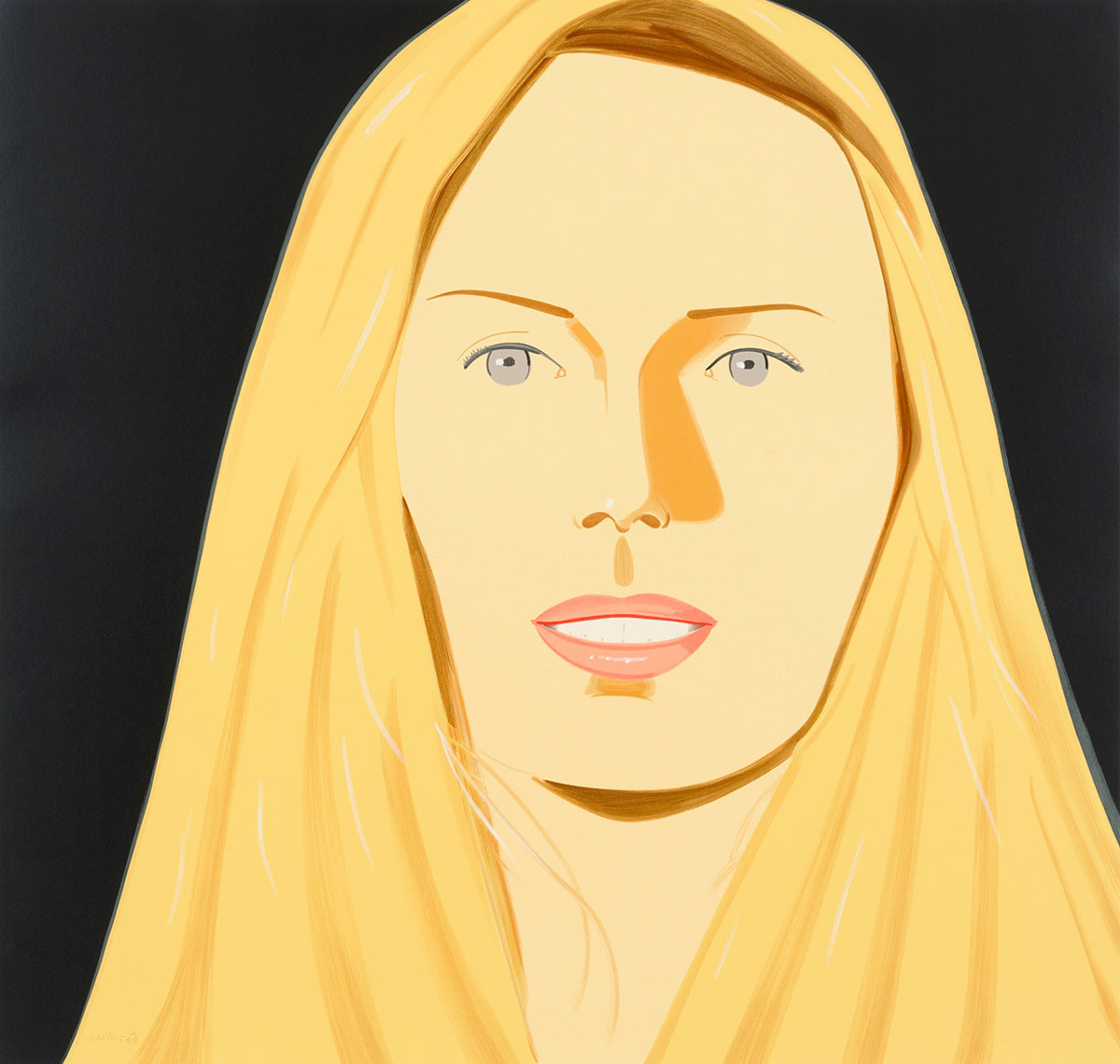 Coming of age as an artist in 1950s New York, Alex Katz developed his unique approach to contemporary representational painting at the height of Abstract Expressionism. Over the seven decades since his first exhibition in 1954, he has produced a celebrated body of work, including paintings, drawings, sculptures and prints. A pre-eminent painter of modern life, he draws inspiration from films, billboard advertising, music, poetry and his close circle of friends and family.
Coming of age as an artist in 1950s New York, Alex Katz developed his unique approach to contemporary representational painting at the height of Abstract Expressionism. Over the seven decades since his first exhibition in 1954, he has produced a celebrated body of work, including paintings, drawings, sculptures and prints. A pre-eminent painter of modern life, he draws inspiration from films, billboard advertising, music, poetry and his close circle of friends and family.
By Efi Michalarou
Photo: Thaddaeus Ropac Gallery Archive
This exhibition “60 Years of Printmaking” is dedicated to Alex Katz’s printmaking practice, bringing together prints spanning 60 years of his career alongside a selection of his stand-alone cutout works. Ranging from Katz’s evocative early landscapes to his recent monumental portraits rendered in striking monochrome, the exhibition fills the luminous ex-factory building, giving visitors an unprecedented retrospective view on the artist’s printing practice. Ranging from Katz’s evocative early landscapes to his recent monumental portraits rendered in striking monochrome, the exhibition fills the luminous ex-factory building, giving visitors an unprecedented retrospective view on the artist’s printing practice. This comprehensive survey of Katz’s printmaking is bookended by defining early prints that shaped the development of the artist’s practice and by arresting works made within the last year that demonstrate his continuing desire to innovate more than six decades into his career. One of the works on view, “Luna Park 1”, was the very first print Katz made with a print house in 1965. The artist had begun experimenting sporadically with printmaking in the 1950s, making etchings, linoleum cuts and stencils, before abandoning the medium for a decade, only to return to it in the 1960s, when the Pop Art movement, to which Katz was an important precursor and contributor, was broadening definitions of artmaking to include mechanical reproduction and rendering techniques. As Katz puts it, ‘there was a place in the world for prints’. Since 1965, printmaking has continuously held an important place at the heart of Katz’s practice, and reveals a more collected, measured side to his artmaking. In his canvases painted from life, often en plein air, in the manner of the Impressionists, he is known for his ability to encapsulate his fleeting impression of a scene through quick, syncopated brushwork and a wet-on-wet technique, where the entire composition must be finished before the first layer has time to dry. The process of making a print, on the other hand, requires more intention and calculation, making for compositions that the artist describes as more ‘stabilized’ than his paintings. As such, printmaking has often served, for the artist, as a means to develop, refine and reflect on the motifs in his paintings. The works in the exhibition represent familiar imagery from across key facets of his practice, from closely cropped, cinematic portraits to glinting seascapes and leafy landscapes depicted with defined horizon lines and an extraordinary economy of means. Over the course of the artist’s career, printmaking has also served as a springboard for encountering new technical challenges and, by confronting them, achieving new results. His early experiments in silkscreening, which harnessed the medium’s predisposition to a crisp articulation of forms through two-dimensional expanses of single colors, influenced Katz’s use of planes of flat color atop monochrome backgrounds in his paintings, which have become characteristic of his style. From the mid-1960s onwards, Katz increasingly portrayed groups of from the social world that surrounded him in New York. Among the works on view is an important grouping of portfolios made across the course of the 1970s and 80s and into the 90s, which bear witness to his friendships and long-time collaborations with second-generation New York School artists, poets, choreographers and dancers. The portfolios function like vignettes, both in the graphic sense, with Katz experimenting with ways to dissimulate the hard edges of his aquatints like Francisco Goya before him, and the narrative sense, representing momentary observations of the people around him and demonstrating the artist’s lifelong devotion to depicting scenes of vernacular con-temporary American life. Although widely known for his use of color, Katz began printing in black and white in the early 1970s, a practice he has continued until the present day. Several of the most recent works in the exhibition testify to the importance of monochrome in his printmaking practice. Monumental black and white silkscreens and linoleum cuts from over the course of the last decade depict figures in high contrast, several of them inspired by crowds of shoppers. Hung on end walls, these works play on the visitor’s sightlines to surround them on all sides with faces as if in a bustling crowd, a sensation amplified by the stand-alone cutout figures that punctuate the exhibition. Katz first began making cutouts in 1959 as a way to restructure the relation-ship between figure and background. Suspended between painting and sculpture, they exist on a two-dimensional plane, epitomizing the artist’s characteristic flat aesthetic, but occupy the exhibition in three dimensions, lending it a sense of depth and movement, and encouraging visitors to interrogate the way they perceive works of art in space.
Photo: Alex Katz, Sara, 2012, Silkscreen in thirty-two colours Paper 99,1 x 104,1 cm (39 x 41 in), Frame 114 x 119 x 5 cm (44,88 x 46,85 x 1,97 in), Photo: Todd Davis, © Alex Katz / 2024 Artists Rights Society (ARS), New York Courtesy Thaddaeus Ropac gallery, London · Paris · Salzburg · Seoul
Info: Thaddaeus Ropac Gallery, 69 avenue du Général Leclerc, Paris Pantin, France, Duration: 25/5-23/7/2024, Days & Hours: Tue-Sat 10:00-19:00, https://ropac.net/
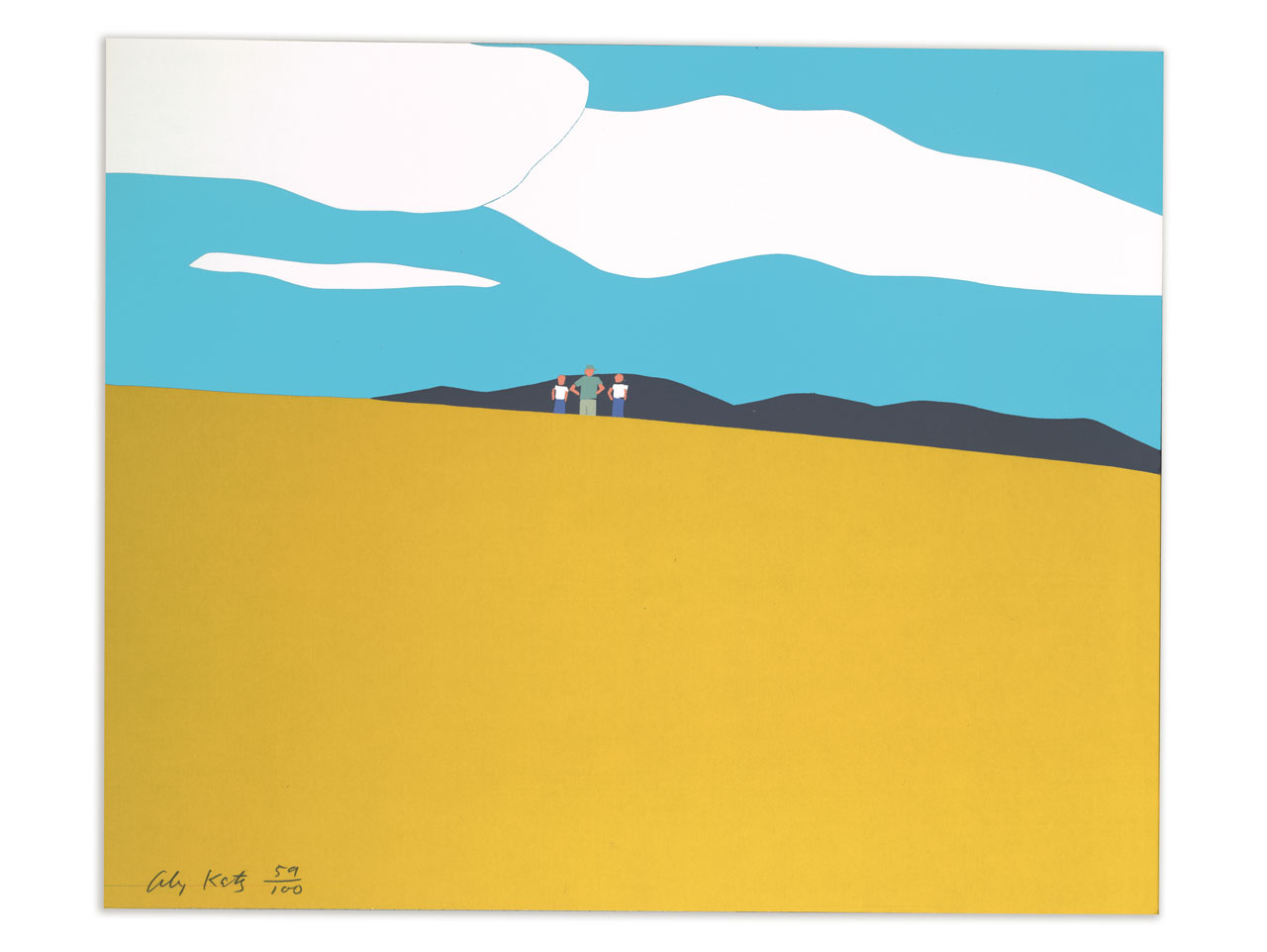
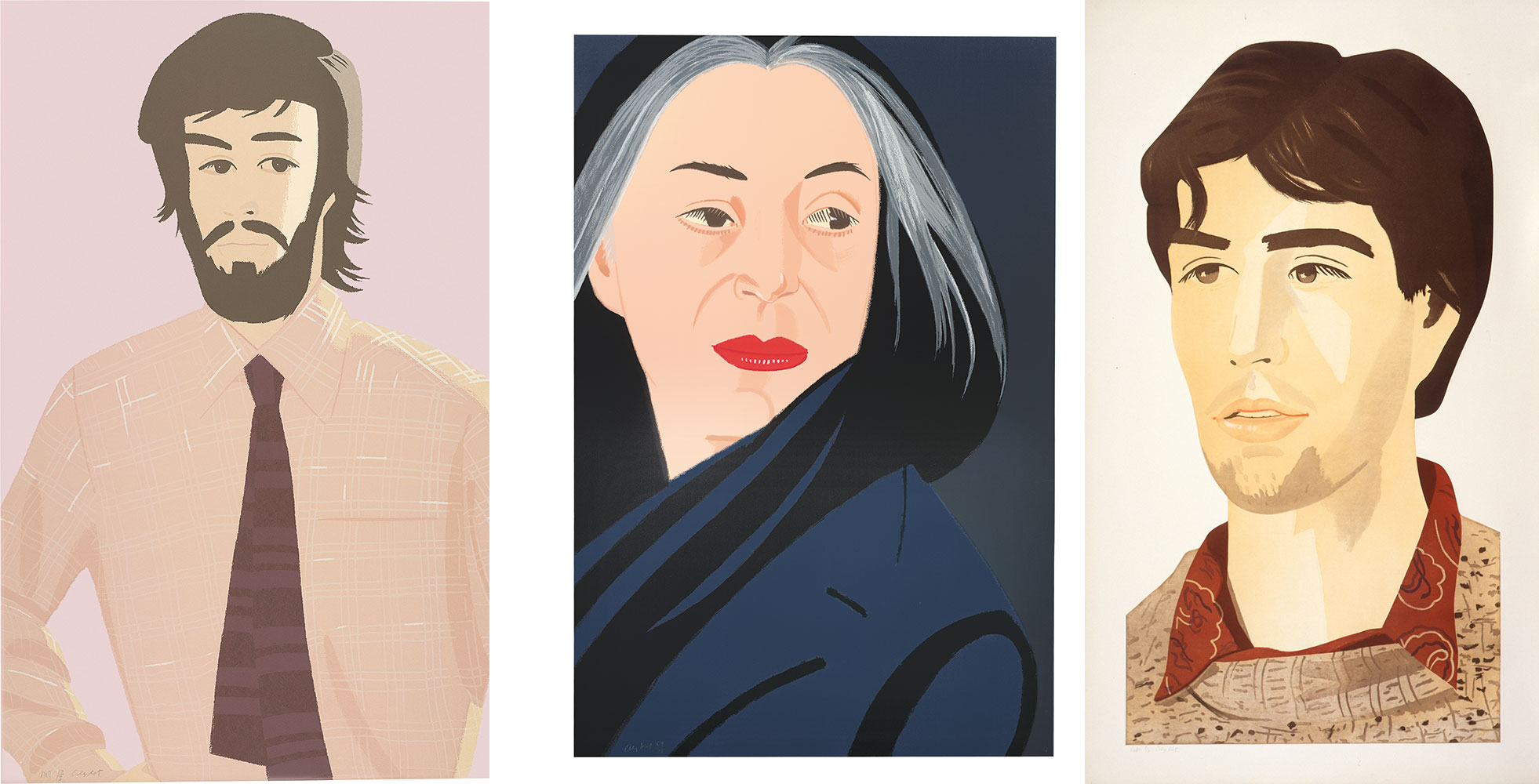
Center: Alex Katz, Black Scarf , 1996 Silkscreen, Paper 118,1 x 78,4 cm (46,5 x 30,87 in), Frame 132 x 92 x 4 cm (51,97 x 36,22 x 1,57 in) , © Alex Katz / 2024 Artists Rights Society (ARS), New York Courtesy Thaddaeus Ropac gallery, London · Paris · Salzburg · Seoul
Right: Alex Katz, Large Head of Vincent, 1982, Sugar lift aquatint, Image 138,1 x 73 cm (54,37 x 28,75 in), Paper 154,9 x 90,2 cm (61 x 35,5 in), © Alex Katz / 2024 Artists Rights Society (ARS), New York Courtesy Thaddaeus Ropac gallery, London · Paris · Salzburg · Seoul
